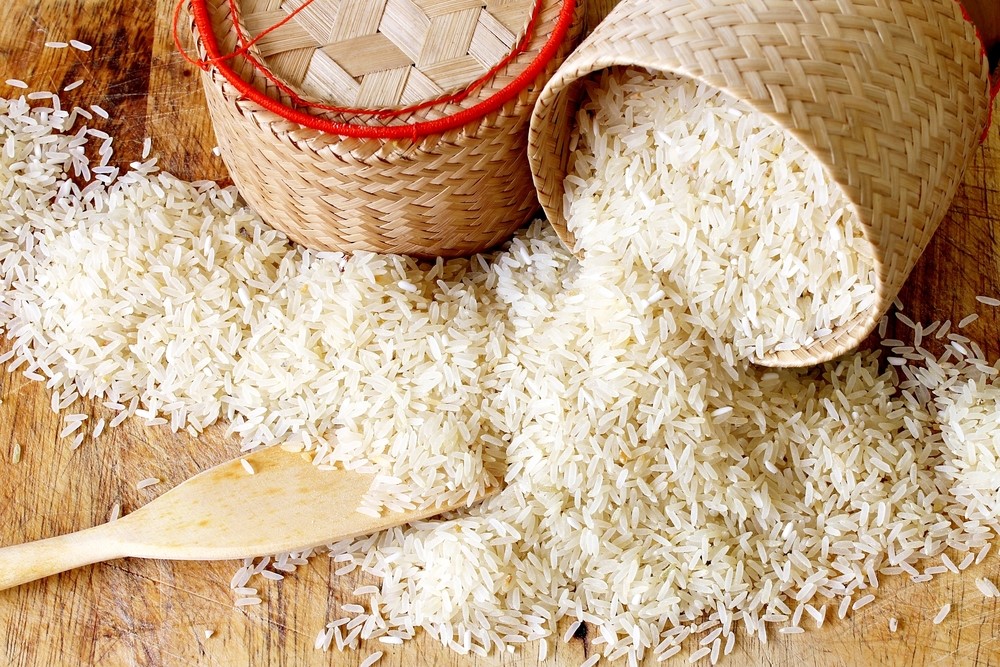In a recent statement, Vietnam’s Agriculture Minister, Le Minh Hoan, announced that the country is well-positioned to export between 7 to 8 million metric tons of rice this year, maintaining a robust supply for national food security.
Hoan emphasized that the country’s efficient irrigation systems enable year-round rice cultivation in the fertile Mekong Delta region.
This announcement comes at a crucial time as the global rice market experiences disruptions due to India’s decision to halt a significant portion of its rice exports, causing a surge in global prices to a 15-year high and sparking concerns about heightened global food inflation.
The situation presents an opportune moment for Vietnam, which held the position of the third-largest rice exporter worldwide in the previous year, trailing behind India and Thailand.
Minister Hoan highlighted that this market shift could potentially boost Vietnam’s export volumes and revenue. However, he acknowledged that the surge in rice prices also exerts pressure on domestic markets, and the timing of India’s export resumption remains uncertain.
Vietnam’s rice export performance demonstrates its resilience amid these challenges. Government data reveals a notable 21% increase in rice exports during the initial seven months of this year compared to the same period last year, with a total of 4.89 million tons exported. This figure follows a total of 7.1 million tons shipped in the entirety of the previous year.
As Vietnam navigates the evolving global rice landscape, its proactive measures to balance domestic food security and export opportunities remain pivotal. The nation’s ability to capitalize on its agricultural strengths while responding to market dynamics will likely play a crucial role in shaping its position within the global rice trade.
While uncertainties persist, Vietnam’s agricultural sector is poised to harness the potential of its abundant rice production and contribute to stabilizing the global food supply chain in the face of ongoing challenges.


Comments are closed.